Lesson 1: What Is Online Learning?
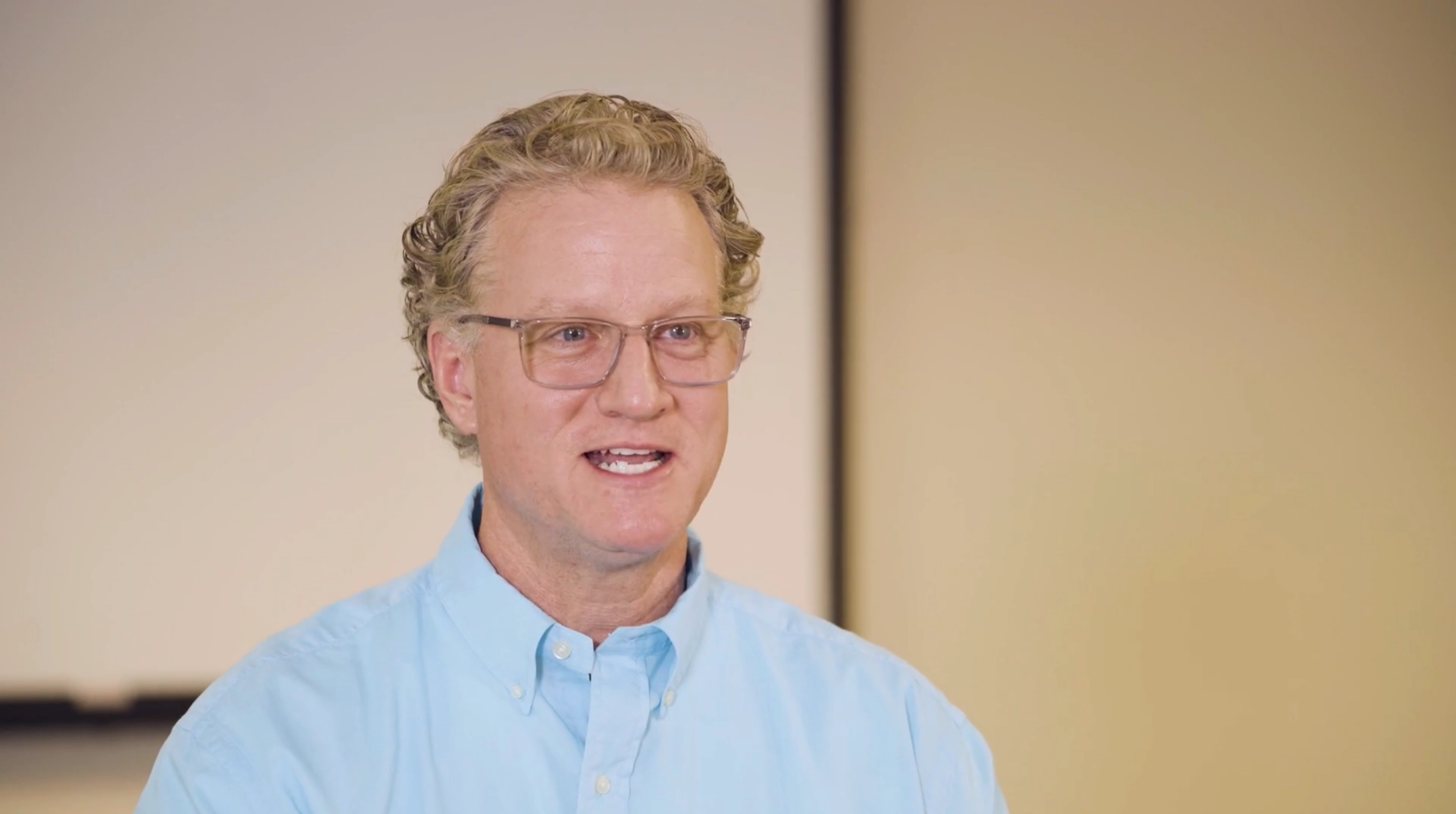
Meet Dr. Thomas Waite
Dr. Thomas Waite, President and CEO of K16 Solutions, is a pioneer driving the evolution of online learning - and he's ready to share what he's learned over years of charting the course of powerful virtual education solutions. The fundamentals haven't changed, but the delivery has, and Waite is here to equip you with the tools you'll need to join him at the cutting edge.
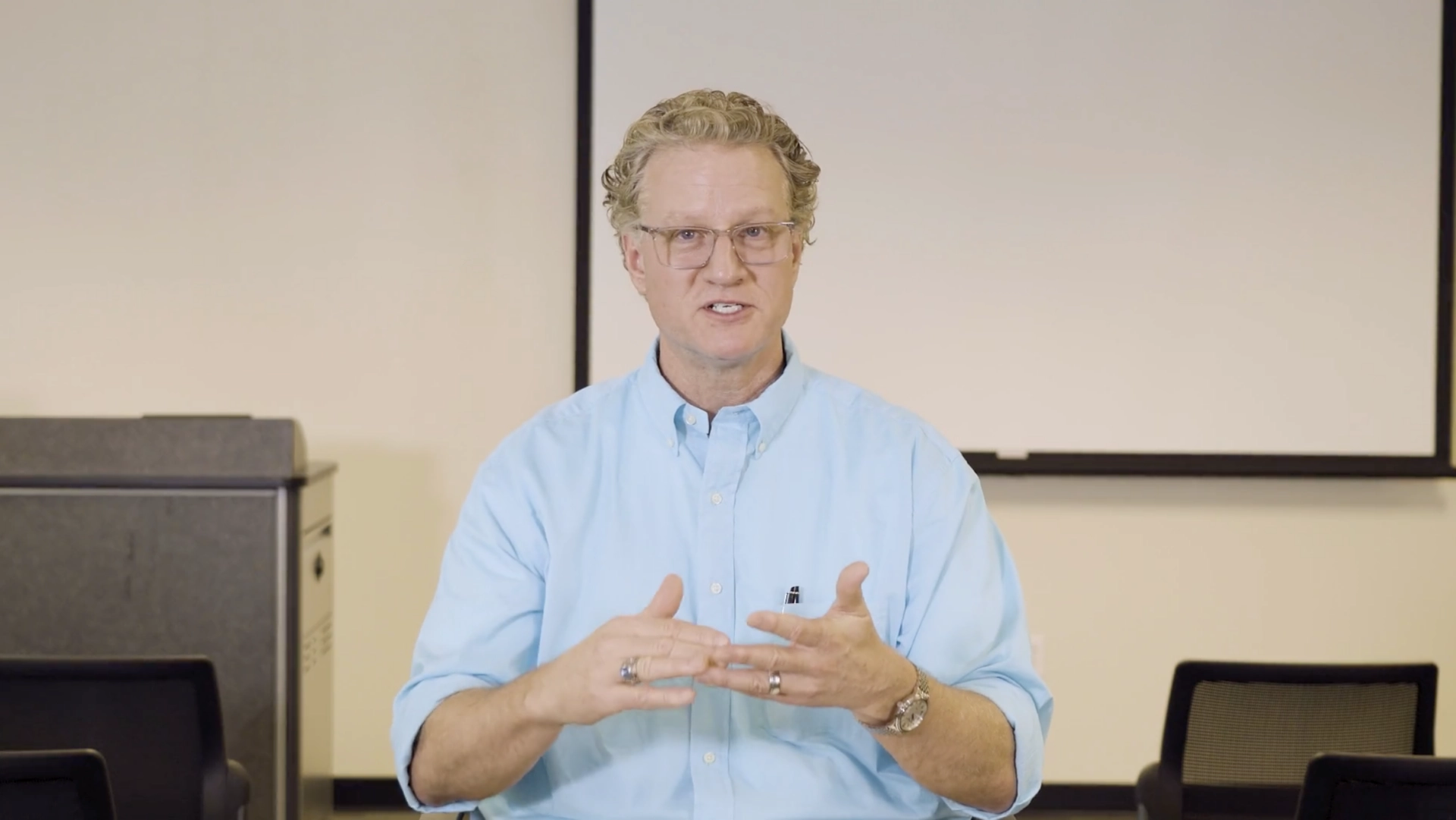
What Is Online Learning?
Online learning is simply that - it's learning. That's it. The fundamentals of learning don't change just because the vehicle does. Don't get caught up in the technology. There's a methodology to delivering material in a virtual setting, but don't be intimidated. With the right methodology, you can craft something powerful.
Lesson 2: Crafting and Executing Powerful Virtual Courses
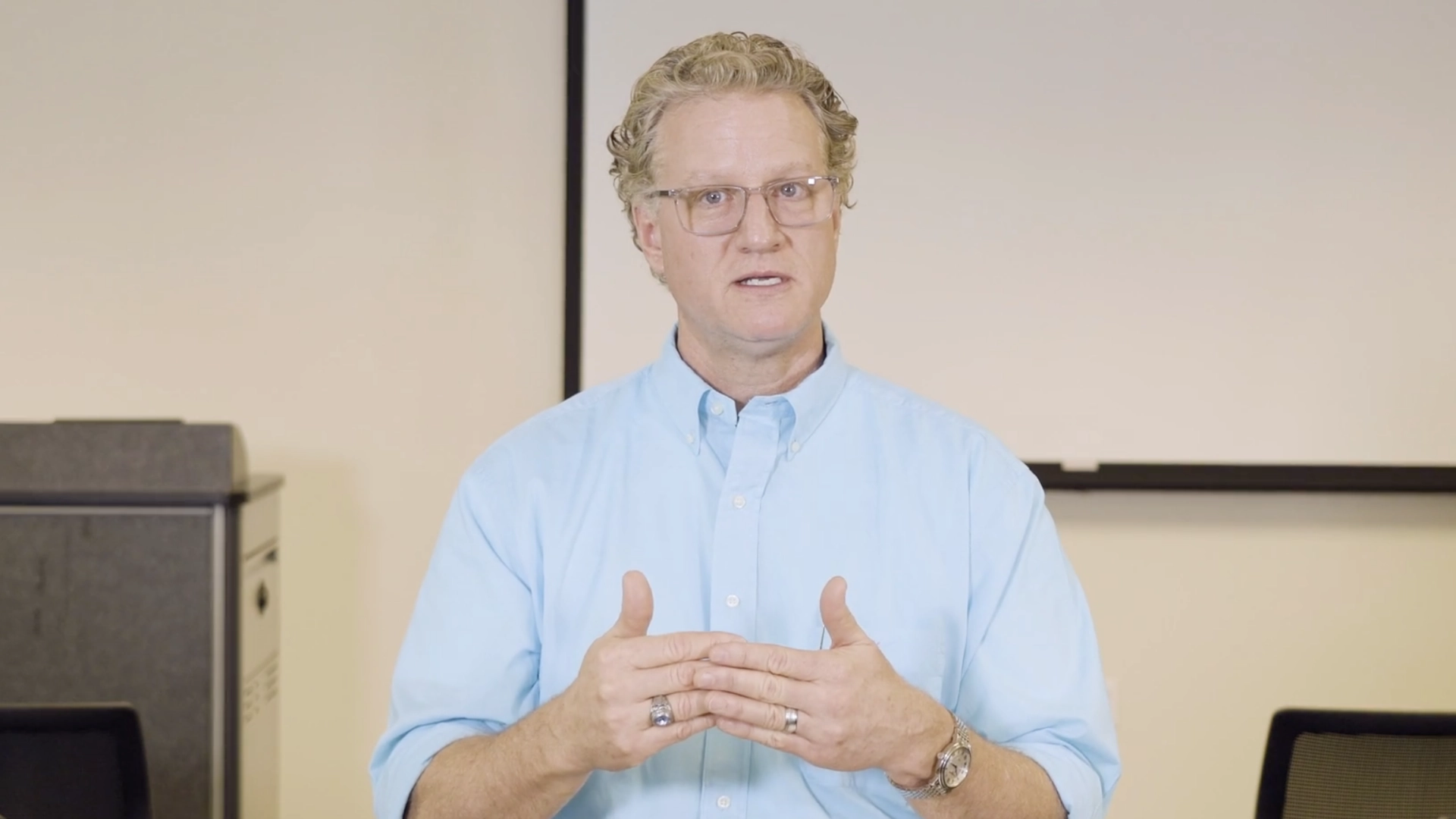
Transactional Distance Theory
Transactional distance theory is simple enough to understand. Essentially, it's the gap between the person delivering information and the person receiving it and the barriers, or variables, that affect that transmission of information. When you can identify barriers, you can work to overcome them.
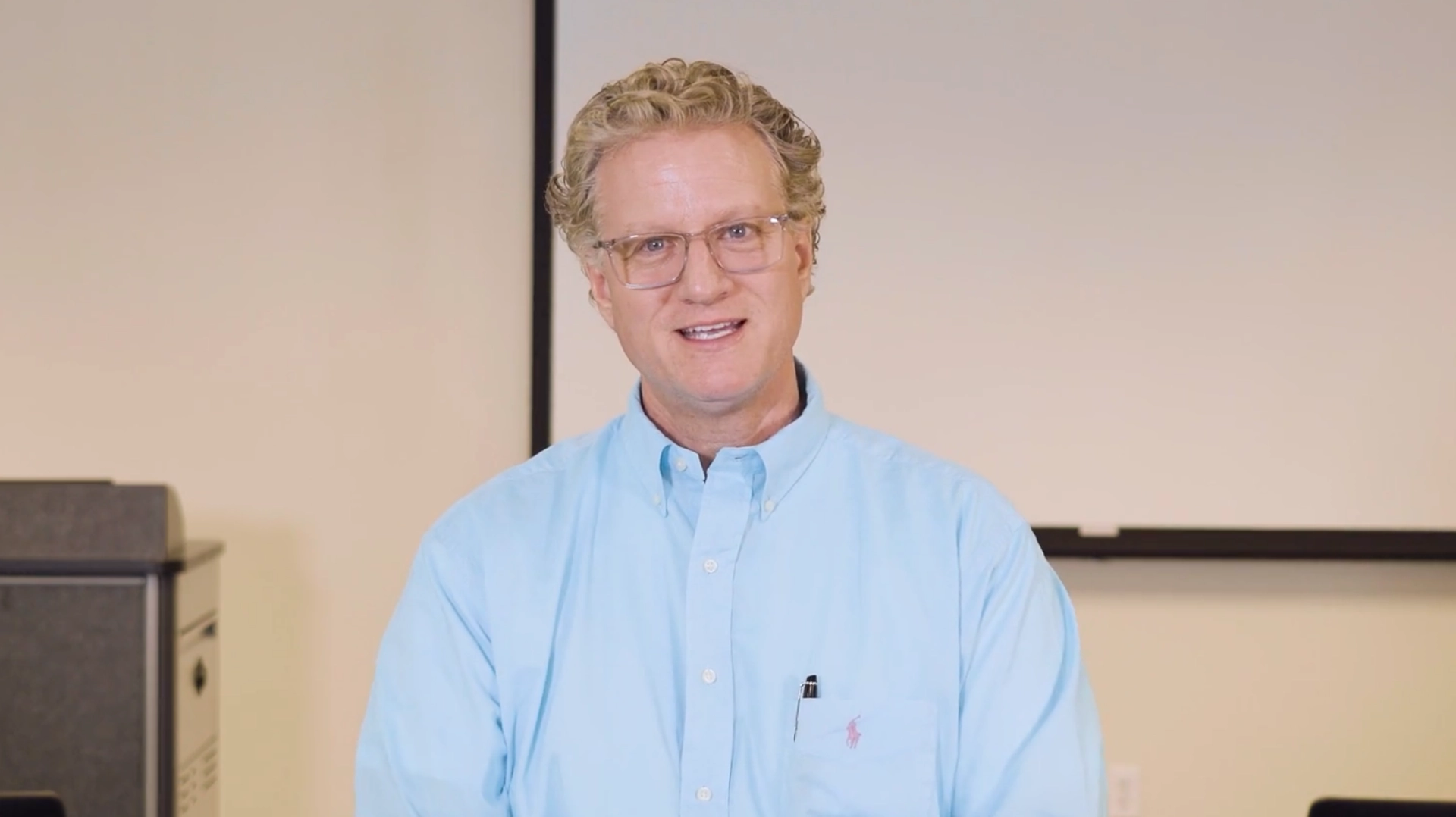
Finding and Bridging the Gaps
One of the best benefits of online learning is its accessibility. It isn't restrained by time or other outside factors in nearly the same way in-person learning is, but other barriers can also exist that may not be present in a face-to-face environment. Working to identify the barriers between you and your learners and addressing them are cornerstones of successful online learning.
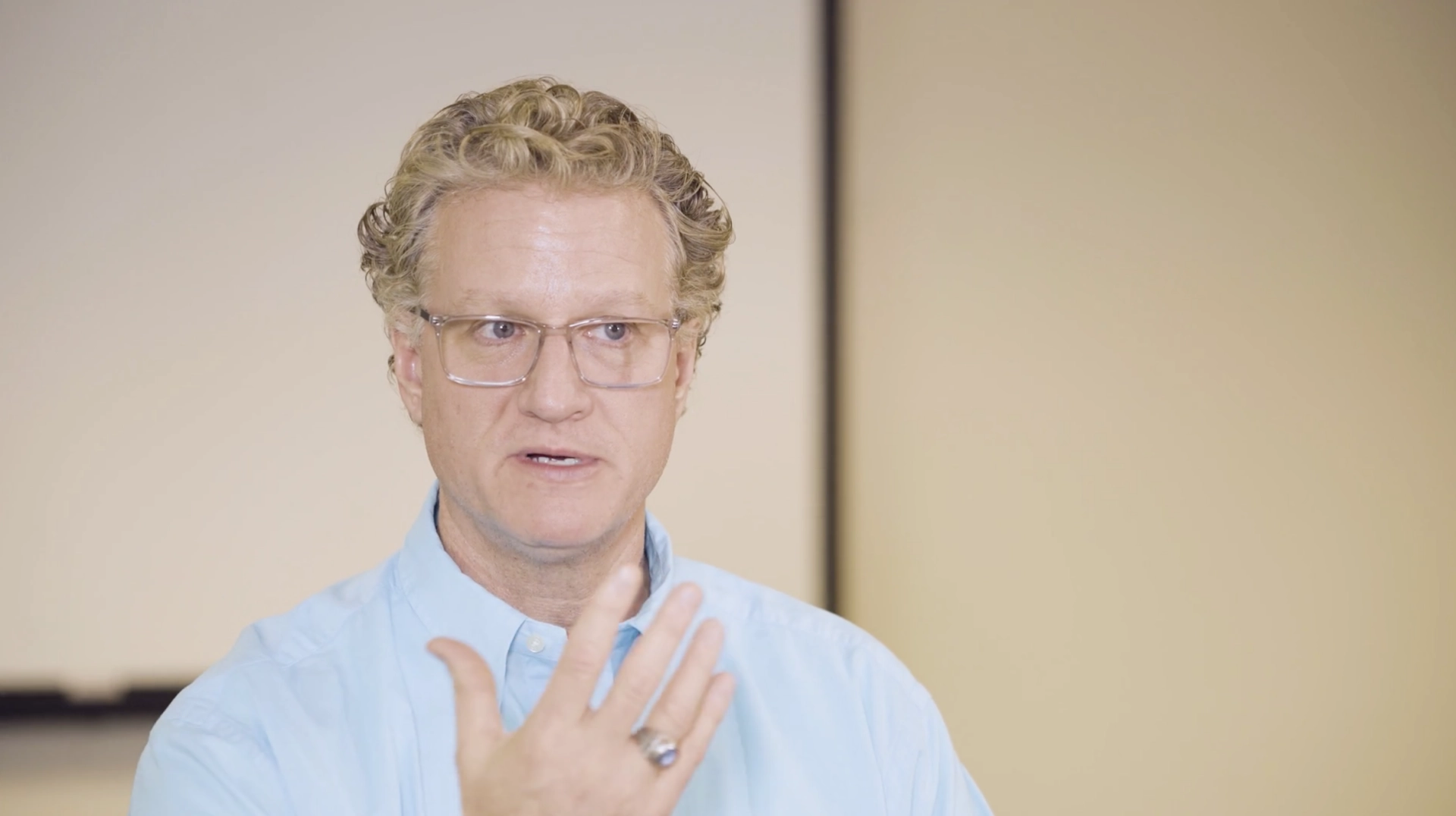
From In-Person to Online
The first step of the transition from in-person learning to a virtual setting is online literacy, or comfort and skill in learning and interacting in a virtual setting. Once that foundation has been laid, you can turn your focus to making material more applicable to the online arena and leaning on outcomes to better yourself and your course.
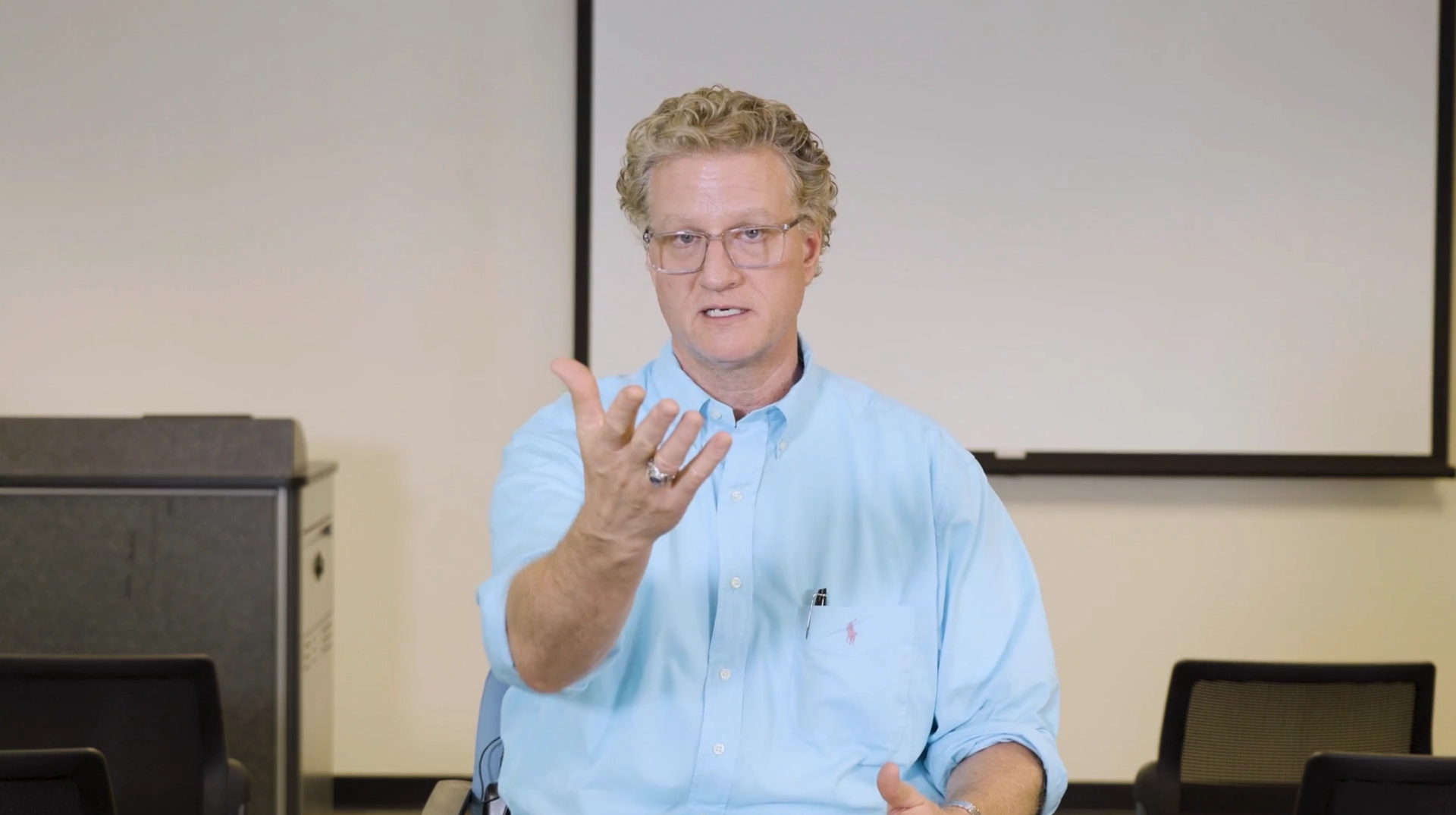
Empathy in the Virtual Classroom
A virtual setting is no excuse to eliminate empathy. In fact, it's more critical than ever to focus on building meaningful relationships that help you get the most out of online learning. Always work to understand what learners are going through, and apply a scientific approach to empathy by creating and leveraging datasets that help you stay on top of each learner's challenges, successes and more.
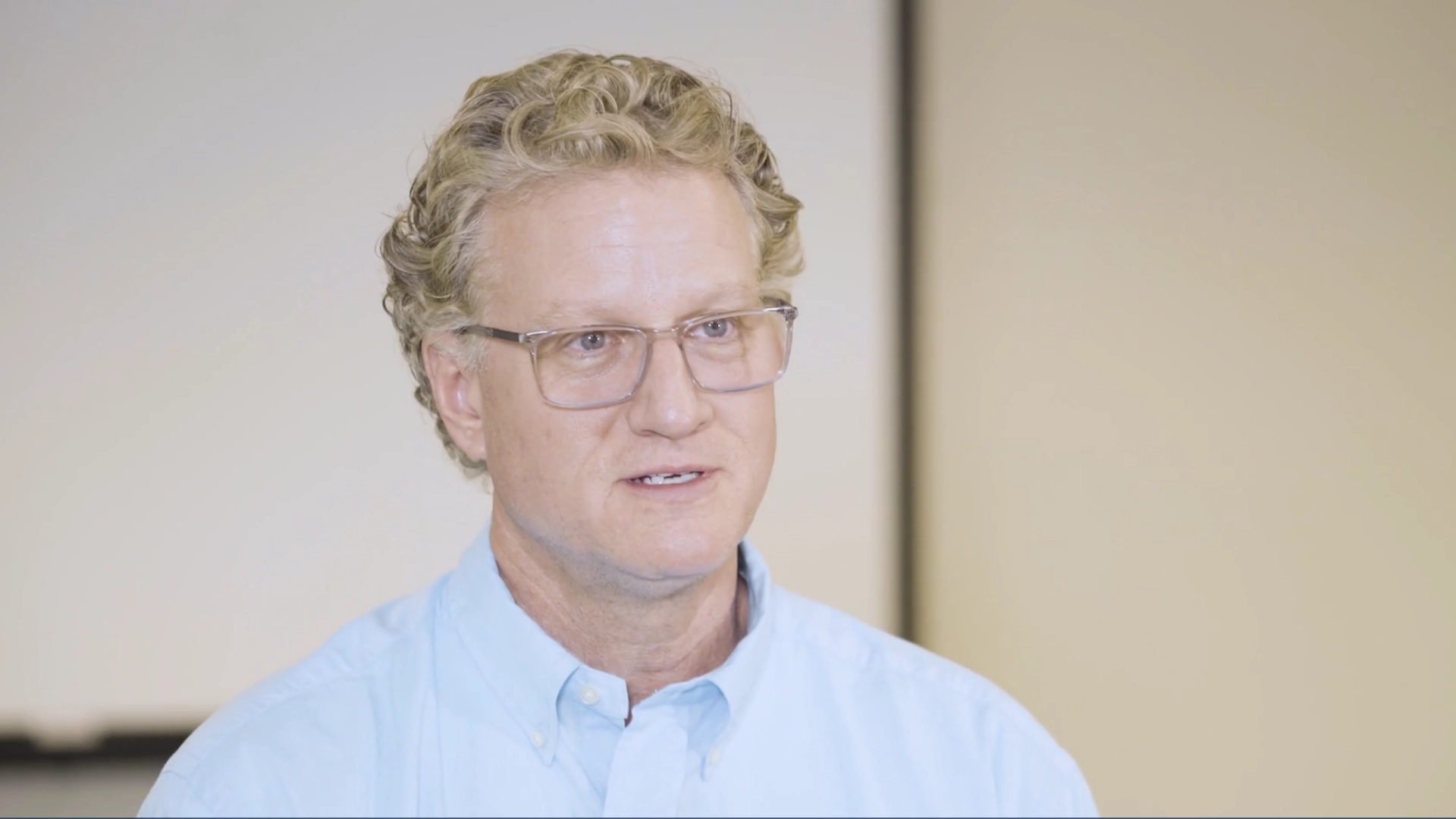
Faculty Feedback
As in any endeavor, feedback is the driver of progress. Faculty feedback is the driver of online learning success, particularly when it's focused on continuing to reduce transactional distance. You can remain empathetic while providing valuable feedback to learners that helps them identify what they're missing and continue progressing through each step of your course.
Lesson 3: Looking Ahead
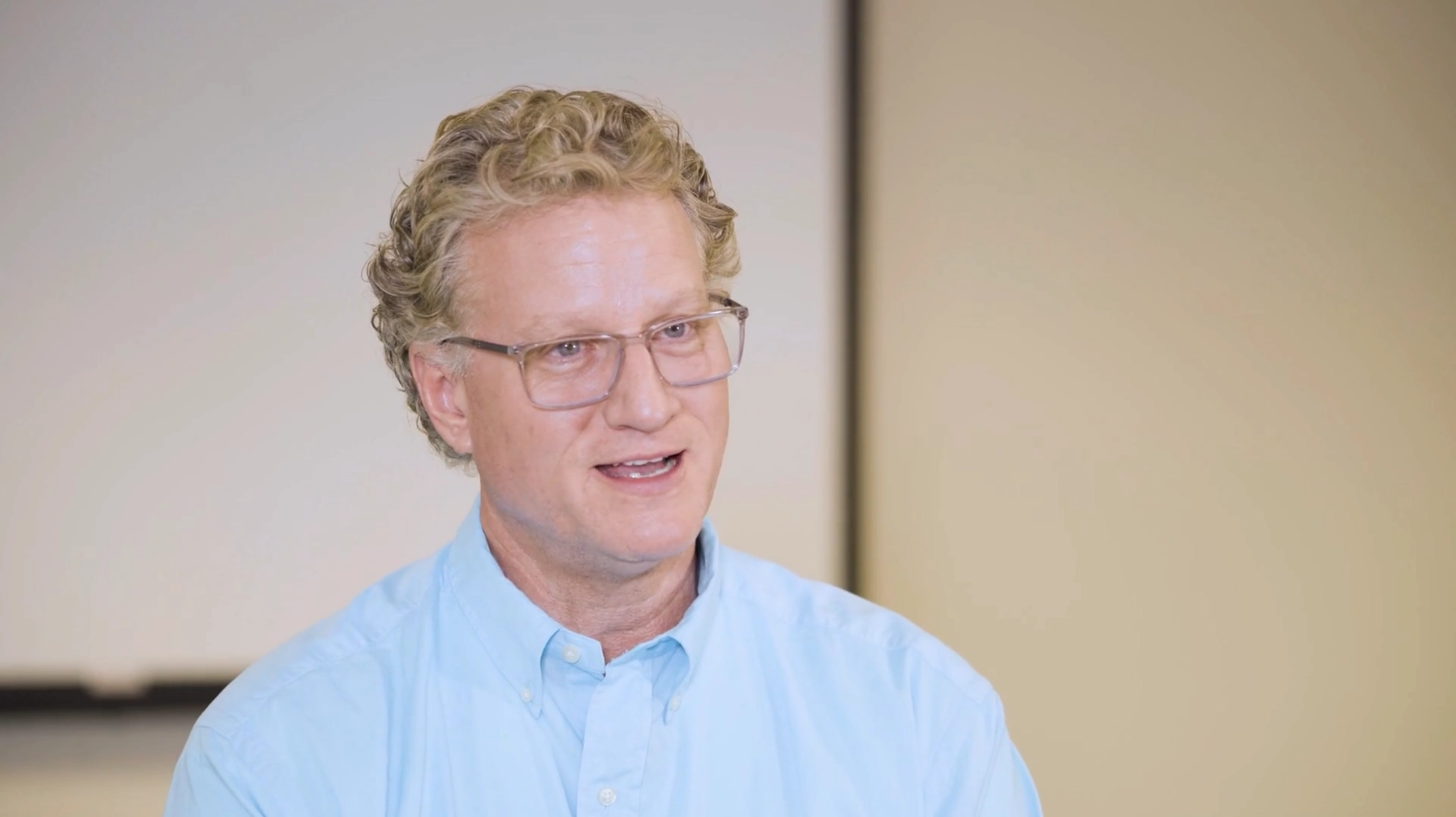
Why Is Online Learning Essential?
The educational landscape has changed. Online learning isn't the future - it's already the present. It's adaptable to the way people learn, and, when powered by engagement with the material, can deliver tremendous results.
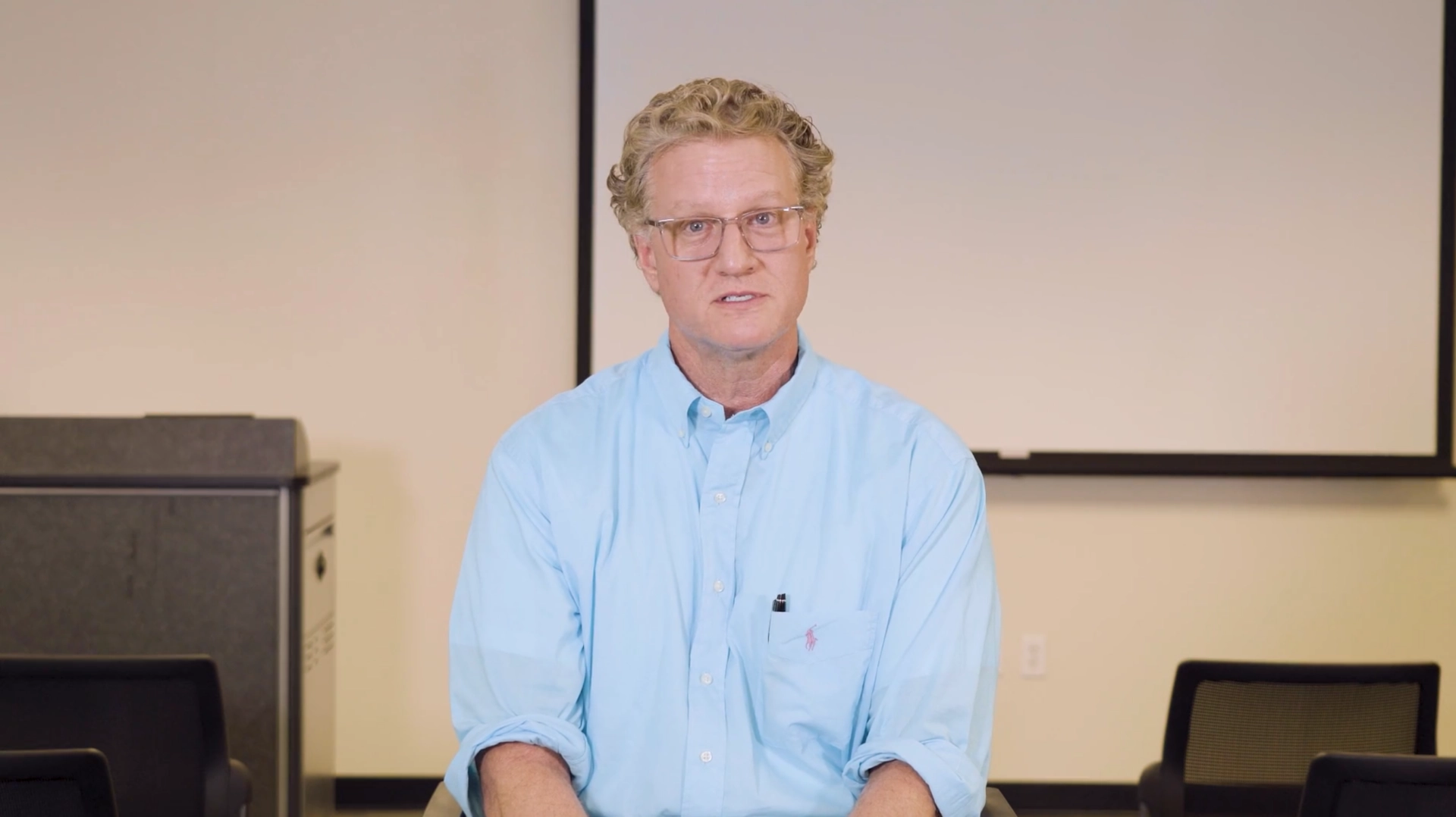
Conclusion
If you take anything away from this course, make it a commitment to identifying and working to eliminate barriers that increase transactional distance. If you can bridge the gaps, you'll engineer incredible results.

